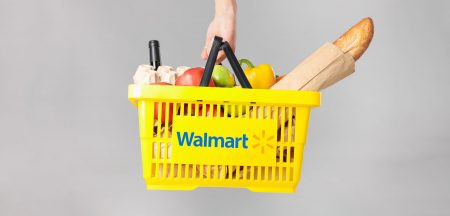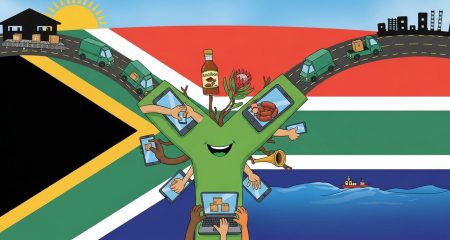 Every online shopper in South Africa knows the inconvenience of waiting impatiently for a courier to arrive. The package could arrive now, just now or now-now — that is about as precise as your information about the delivery time will be. Given that you probably have a shopping mall around the corner, why would you want to sit around for hours and wait for a package?
Every online shopper in South Africa knows the inconvenience of waiting impatiently for a courier to arrive. The package could arrive now, just now or now-now — that is about as precise as your information about the delivery time will be. Given that you probably have a shopping mall around the corner, why would you want to sit around for hours and wait for a package?
This is the realm of offline user experience and it explains a great deal about why e-commerce growth in South Africa is lagging market expectations. With just R6bn in online retail spending projected for 2016 — in a total retail market worth about R950bn — e-commerce penetration in South Africa trails many peer countries, statistics from World Wide Worx and Euromonitor show. Online retail is forecast to grow to R18bn by 2021, but will still form a tiny proportion of the overall retail market, projected to be R1,5 trillion.
In a country with South Africa’s high retail density and mature shopping environment, digital retailers need to work harder to persuade shoppers to make the move online than their counterparts in China or Eastern Europe. With 32 shopping malls per million people in South Africa and the second largest retail space density in the world, local consumers are spoilt for choice.
That means online retailers need to go the extra mile in terms of their online and offline user experience to entice shoppers. Though many South African online retailers are doing a good job with their online user experience — from user interface to product selection — the industry needs to do a lot more to improve the offline user experience. We simply need to make it more convenient to buy online.
Elements of offline UX
The major components of the offline user experience include delivery, returns, payments, refunds and customer service. We regard delivery and returns as one of the single largest challenges we must address to take our customer experience to the next level across our website Spree.co.za. This is easier said than done: South Africa has vast geographic distances, many areas with low population density, and a fragmented courier and logistics industry.
We believe that customers should not need to wait at home for a parcel that may or may not arrive. They should be able to collect their goods at their convenience or book a timeslot for delivery that fits into their schedules. Using models such as crowdsourcing, we are looking to give customers far more flexibility in accepting deliveries and returning goods.
We are looking at using collection points and offering three-hour delivery and collection slots to make life easier for our customers. Initially, we’ll focus on the Johannesburg, Pretoria and Cape Town metro areas that comprise some 75% of South Africa’s retail market. We see returns and refunds as especially important, given that customers sometimes need to return clothing after they’ve tried it on. It’s all about speed of delivery or collection, accuracy and communication.

New payments options
When it comes to payments, many consumers are still surprisingly reluctant to buy goods online using their credit cards. This is surprising given the fraud insurance that credit cards offer, and the strong security offered by the 3D-Secure standards from MasterCard and Visa. Yet we acknowledge that consumers like to have flexibility into how they pay.
For that reason, options such as SnapScan and card payment upon delivery make sense. This is an area where consumers need education rather than one where e-commerce companies are falling short. However, there are signs that the picture is beginning to change and that consumer confidence is growing.
With 5m broadband subscriptions in South Africa and 32m mobile Internet subscribers, as well as some 7,5m people earning more than R100 000/year, the country offers a viable market for online retail. However, both pure players and traditional retailers need to invest in offering a better e-commerce customer experience. We’ll see growth explode when it is as easy to order online, take delivery and return goods as it is to drive to the shopping mall five minutes away.
- Vincent Hoogduijn is CEO for e-commerce at Media24




